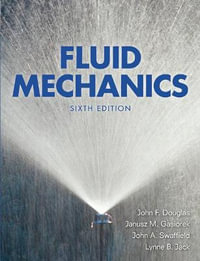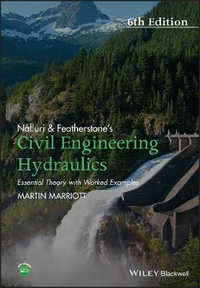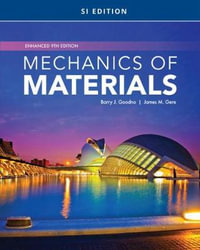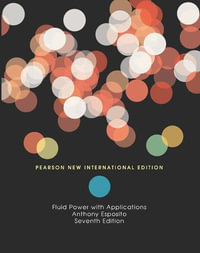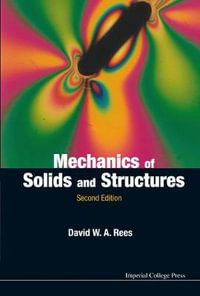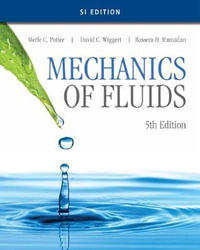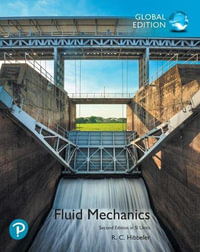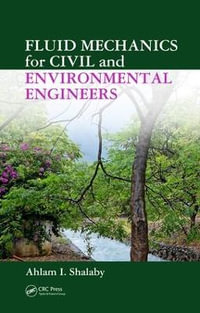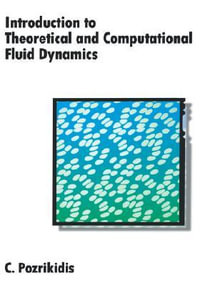| Notation | p. ix |
| Experimental Study of Erosion Characteristics | p. 1 |
| Laboratory Equipment Used in Erosion Research | p. 1 |
| Dependence of Erosion on Particle Velocity | p. 14 |
| Dependence of Erosion on Impact Angle | p. 19 |
| Dependence of Erosion on Particle Size | p. 22 |
| Influence of Particle Concentration | p. 24 |
| Effect of Abrasive Mixtures and Liquid Additives on Erosion | p. 27 |
| Effect of Mixtures of Uniform Granularity | p. 27 |
| Effect of Fine-grained Solid Additives on Abrasion | p. 27 |
| Abrasion by Industrial Dusts | p. 30 |
| Effect of Liquid Additives | p. 33 |
| Influence of Temperature on Erosion | p. 36 |
| Erosion of Surface by Grazing Particles | p. 44 |
| References | p. 47 |
| Research into the Physical Mechanism of Erosion | p. 51 |
| Changes in the Macro-and Microgeometry of a Wearing Surface | p. 51 |
| Stress Distribution and Structural Changes in Target Material Surface Layer | p. 57 |
| Fragmentation of Abrasive Particles and Adhesion of the Latter to the Surface | p. 61 |
| References | p. 65 |
| Development of Theories of Collision and Erosion | p. 67 |
| Hypothesis of a Constant Specific Energy; Dynamic Hardness | p. 67 |
| Experimental and Theoretical Determination of the Coefficient of Restitution | p. 76 |
| Analytical Determination of Indentation Load in Terms of Impact Energy | p. 82 |
| Mathematical Models for Force Calculation | p. 82 |
| Comparison of Calculated and Experimental Results | p. 86 |
| Conclusions | p. 88 |
| Theoretical Treatment of Erosion | p. 89 |
| A Short Survey of Erosion Theory | p. 89 |
| Erosion by Plastic Contact | p. 90 |
| Energetic Erosion Theory | p. 90 |
| Verification and Modification of Energetic Erosion Theory | p. 93 |
| Erosion by Brittle Behaviour | p. 99 |
| Modelling of Wear | p. 99 |
| Verification of the Model | p. 104 |
| Calculation of Erosive Wear of Composite Materials | p. 107 |
| Prediction of Relative Erosion Resistance | p. 117 |
| References | p. 125 |
| Erosion Resistance of Powder Materials and Coatings | p. 129 |
| Groups and Properties of Wear Resistant Materials and Coatings | p. 129 |
| Erosion Resistance of Advanced Ceramic Materials and Coatings | p. 131 |
| Erosion Resistance of Ceramic-Metal Composites and Coatings at Room Temperature | p. 134 |
| Erosion of Ceramic-Metal Composites | p. 134 |
| Erosion of Coatings | p. 145 |
| Erosion Resistance of Ceramic-Metal Materials and Coatings at Elevated Temperatures | p. 150 |
| Erosion of Ceramic-Metal Composites | p. 150 |
| Erosion of Coatings | p. 153 |
| Criteria for Erosive Wear Resistant Material and Coating Selection | p. 156 |
| Tribological Criteria | p. 156 |
| Structural Criteria | p. 159 |
| Qualitative Criteria | p. 163 |
| References | p. 166 |
| Improvement of Erosion Resistance of Industrial Equipment | p. 169 |
| Fans and Exhausters | p. 169 |
| Influence of Geometrical Parameters of the Rotor on the Erosion Rate | p. 170 |
| Design Methods for Reducing Erosion of Rotors | p. 174 |
| Disintegrators | p. 176 |
| Use of Disintegrators in the Building Industry | p. 176 |
| Disintegrator as a Machine for Treatment of Different Materials by Collision | p. 177 |
| Application of Wear Resistant Materials and Coatings in Disintegrators | p. 179 |
| Improvement of Disintegrator Design | p. 183 |
| Cyclones for Ash Separation | p. 187 |
| Cyclone Working Conditions | p. 187 |
| Determination of the Impact Parameters of Erosive Particles | p. 188 |
| Drying Line Equipment at Peat-Briquette Works | p. 190 |
| Disintegrator as a Device for Milling of Mineral Ores | p. 192 |
| Materials to be Studied | p. 193 |
| Grindability and Abrasivity of Mineral Materials and Ores | p. 194 |
| Prediction of Relative Erosion Resistance of the Grinding Media | p. 197 |
| References | p. 199 |
| Index | p. 203 |
| Table of Contents provided by Ingram. All Rights Reserved. |







